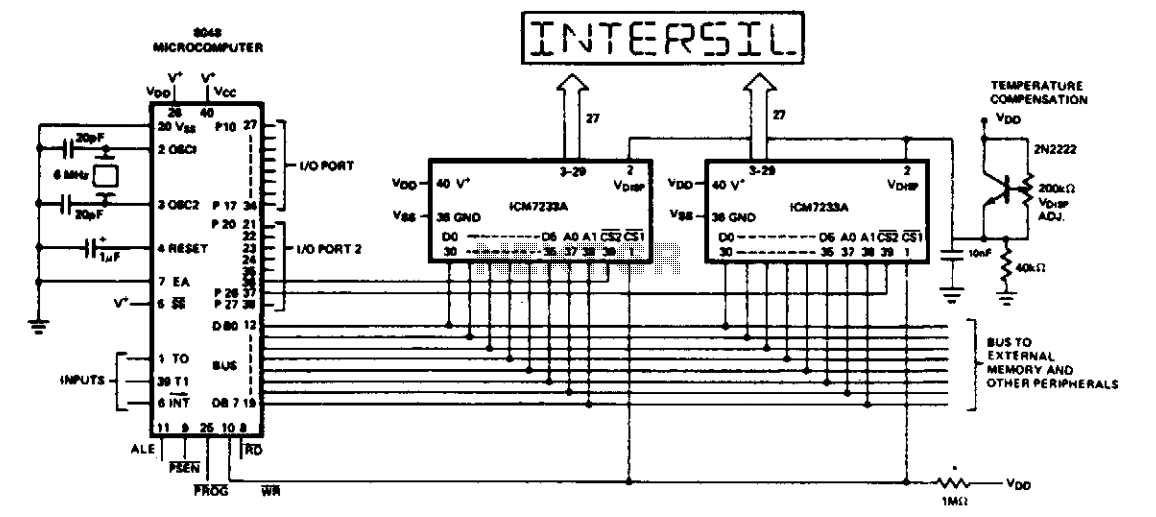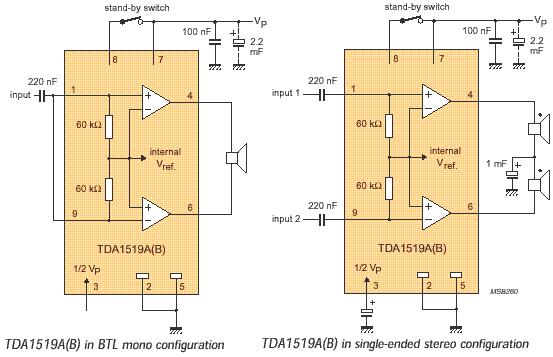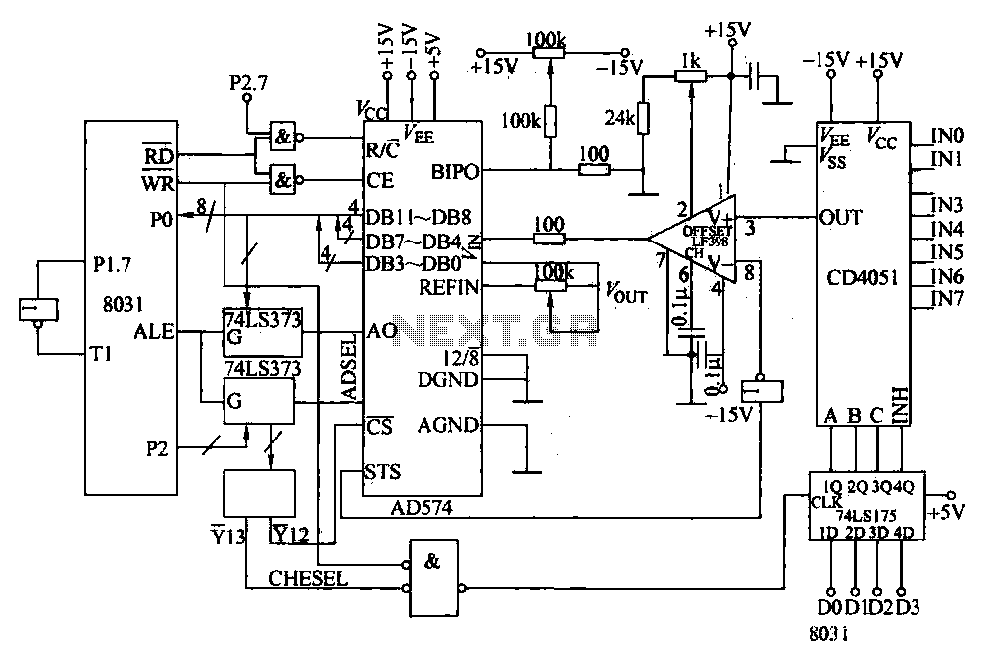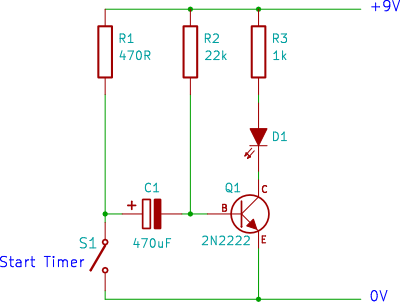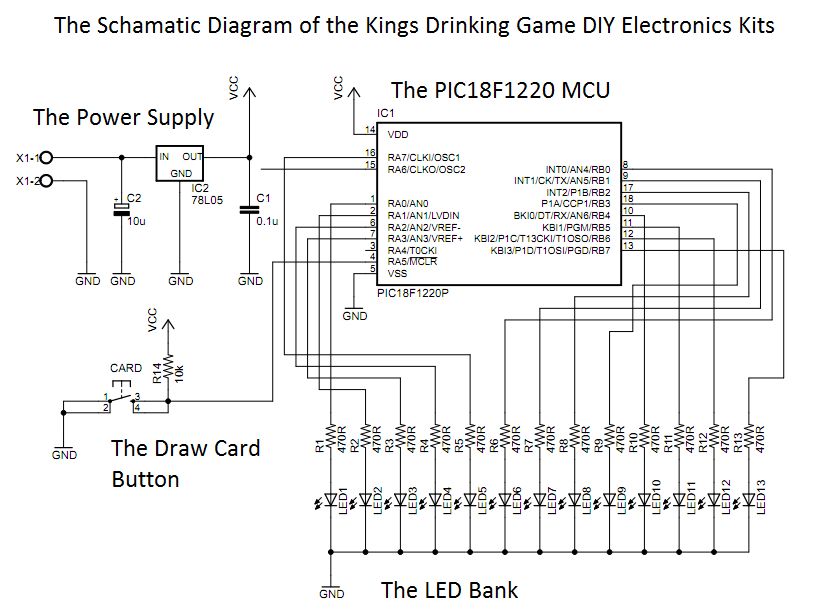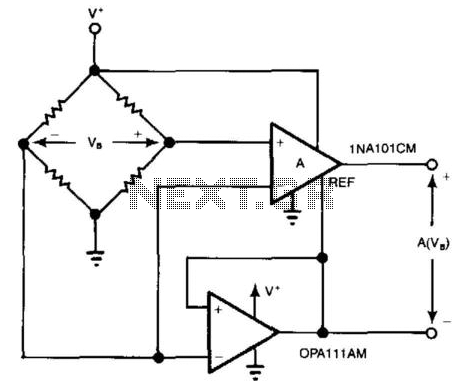
diy time lapse circuit
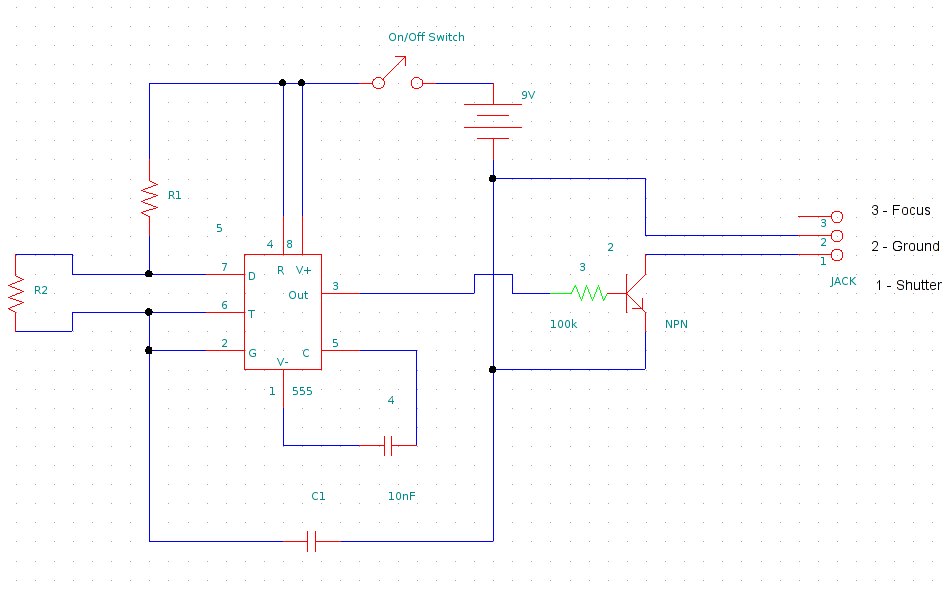
This document provides information on constructing a DIY time-lapse circuit that enables a camera to automatically capture images at specified time intervals. These images can then be compiled to create a time-lapse film. The circuit utilizes a 2.5 mm to 3.5 mm stereo jack adapter connected to the camera, a 3.5 mm stereo jack cable, and a 3.5 mm female jack connector, which is wired to the circuit. To test the setup before final assembly, connect all components and briefly touch a wire from the ground of the female connector to one of its tips; the camera should either focus or take a photo. A 2.5 mm cable can also be used by disassembling it and directly soldering the wires to the circuit. The core component of this circuit is the 555 timer integrated circuit (IC), which regulates timing. The 555 timer operates in astable mode, generating an output pulse on pin 3 for a specified duration, followed by a pause, and this cycle repeats. To prevent the camera from continuously shooting during the pulse output period, it is essential to disable the camera's continuous shooting mode, allowing it to capture only one image when the circuit outputs the signal. The interval between shots corresponds to one complete cycle of the circuit, which includes the duration of the pulse output plus the pause time before the next pulse begins. After connecting the battery as illustrated, the circuit should function correctly. It is advisable to incorporate an ON/OFF switch for the battery and an LED indicator to show whether the circuit is powered. A calculator is available to determine the necessary value of the R2 resistor to achieve the desired time interval (which corresponds to one full cycle of the 555 timer). For enhanced precision in timing, the use of a multi-turn trimmer potentiometer or a combination of high and low value variable resistors in series for coarse and fine adjustments is recommended.
The DIY time-lapse circuit is a practical project that leverages the 555 timer IC's versatility in generating precise timing sequences. The circuit design typically includes a power supply, the 555 timer configured in astable mode, and the necessary interfacing components to connect to the camera. The power supply can be a simple battery pack, ensuring portability and ease of use.
In the astable configuration, the timing of the output pulses is determined by two resistors (R1 and R2) and a capacitor (C1) connected to the 555 timer. The frequency of the output pulse can be calculated using the formula:
\[ f = \frac{1.44}{(R1 + 2R2) \cdot C1} \]
Where \( f \) is the frequency of the output pulse. The total time for one cycle (the time interval between shots) is the sum of the time the output is high (T1) and the time it is low (T2), calculated as:
\[ T1 = 0.693 \cdot (R1 + R2) \cdot C1 \]
\[ T2 = 0.693 \cdot R2 \cdot C1 \]
Thus, the total time period \( T \) is:
\[ T = T1 + T2 = 0.693 \cdot (R1 + 2R2) \cdot C1 \]
By selecting appropriate values for the resistors and capacitor, the desired time-lapse interval can be achieved. Additionally, the inclusion of an LED indicator provides visual feedback, confirming the circuit's operational status, while the ON/OFF switch enhances convenience during setup and testing.
For further refinement, using a multi-turn trimmer potentiometer allows for precise adjustments to the timing, enabling users to fine-tune the interval for specific applications. This feature is particularly beneficial for projects requiring meticulous timing, such as nature photography or construction progress documentation.Here is information on how to build a diy time lapse circuit which will allows a camera to automaticly take photos between a certain time interval. Those photos then can be then to create time lapse film. It is used in this circuit a 2, 5 to 3, 5 stereo jack adapter which will be connected to the camera, a 3, 5 stereo jack cable and 3, 5 f
emale jack connector which will be connected to the circuit with wires. To test this out before assembling the circuit, connect everything and touch with a wire the ground of the female connector to one of the its tips and the camera should either focus or shoot (more info in ). It is possible to use only a 2, 5 cable by dismantling it and solder the wires directly to the circuit.
The main part of this circuit is the 555 timer IC which will control the time in the circuit. The 555 will be in astable (or oscillator) mode which will produce an output pulse on pin 3 during a certain amount of time, stop it during a certain amount of time and will keep repeating these two states. To prevent the camera to keep shooting during the period the circuit is outputting the pulse, it is necessary to disable the camera`s continuous shooting option so that camera only shoots one shot when the circuit starts to output the signal.
The time interval between shots will be one cycle of these two states, in another words, it will be the the amount of time that circuit outputs the pulse plus amount of that time that the circuit pauses before it starts outputting the pulse again. All you need now is to connected the battery as seen above and the circuit should be working. It is wise to add and ON/OFF switch to the battery and LED to check if the circuit is on or off. This calculator will calculate the value of the R2 resistor necessary to produce the desired time interval (which will be a 555 full cycle).
You can find another calculator along with more info here. a small suggestion: for more high precision timing you could use a multi-turn trimmer potentiometer, or maybe a high and low value variable resistor in series for course/fine adjustment. 🔗 External reference
The DIY time-lapse circuit is a practical project that leverages the 555 timer IC's versatility in generating precise timing sequences. The circuit design typically includes a power supply, the 555 timer configured in astable mode, and the necessary interfacing components to connect to the camera. The power supply can be a simple battery pack, ensuring portability and ease of use.
In the astable configuration, the timing of the output pulses is determined by two resistors (R1 and R2) and a capacitor (C1) connected to the 555 timer. The frequency of the output pulse can be calculated using the formula:
\[ f = \frac{1.44}{(R1 + 2R2) \cdot C1} \]
Where \( f \) is the frequency of the output pulse. The total time for one cycle (the time interval between shots) is the sum of the time the output is high (T1) and the time it is low (T2), calculated as:
\[ T1 = 0.693 \cdot (R1 + R2) \cdot C1 \]
\[ T2 = 0.693 \cdot R2 \cdot C1 \]
Thus, the total time period \( T \) is:
\[ T = T1 + T2 = 0.693 \cdot (R1 + 2R2) \cdot C1 \]
By selecting appropriate values for the resistors and capacitor, the desired time-lapse interval can be achieved. Additionally, the inclusion of an LED indicator provides visual feedback, confirming the circuit's operational status, while the ON/OFF switch enhances convenience during setup and testing.
For further refinement, using a multi-turn trimmer potentiometer allows for precise adjustments to the timing, enabling users to fine-tune the interval for specific applications. This feature is particularly beneficial for projects requiring meticulous timing, such as nature photography or construction progress documentation.Here is information on how to build a diy time lapse circuit which will allows a camera to automaticly take photos between a certain time interval. Those photos then can be then to create time lapse film. It is used in this circuit a 2, 5 to 3, 5 stereo jack adapter which will be connected to the camera, a 3, 5 stereo jack cable and 3, 5 f
emale jack connector which will be connected to the circuit with wires. To test this out before assembling the circuit, connect everything and touch with a wire the ground of the female connector to one of the its tips and the camera should either focus or shoot (more info in ). It is possible to use only a 2, 5 cable by dismantling it and solder the wires directly to the circuit.
The main part of this circuit is the 555 timer IC which will control the time in the circuit. The 555 will be in astable (or oscillator) mode which will produce an output pulse on pin 3 during a certain amount of time, stop it during a certain amount of time and will keep repeating these two states. To prevent the camera to keep shooting during the period the circuit is outputting the pulse, it is necessary to disable the camera`s continuous shooting option so that camera only shoots one shot when the circuit starts to output the signal.
The time interval between shots will be one cycle of these two states, in another words, it will be the the amount of time that circuit outputs the pulse plus amount of that time that the circuit pauses before it starts outputting the pulse again. All you need now is to connected the battery as seen above and the circuit should be working. It is wise to add and ON/OFF switch to the battery and LED to check if the circuit is on or off. This calculator will calculate the value of the R2 resistor necessary to produce the desired time interval (which will be a 555 full cycle).
You can find another calculator along with more info here. a small suggestion: for more high precision timing you could use a multi-turn trimmer potentiometer, or maybe a high and low value variable resistor in series for course/fine adjustment. 🔗 External reference
Warning: include(partials/cookie-banner.php): Failed to open stream: Permission denied in /var/www/html/nextgr/view-circuit.php on line 713
Warning: include(): Failed opening 'partials/cookie-banner.php' for inclusion (include_path='.:/usr/share/php') in /var/www/html/nextgr/view-circuit.php on line 713
